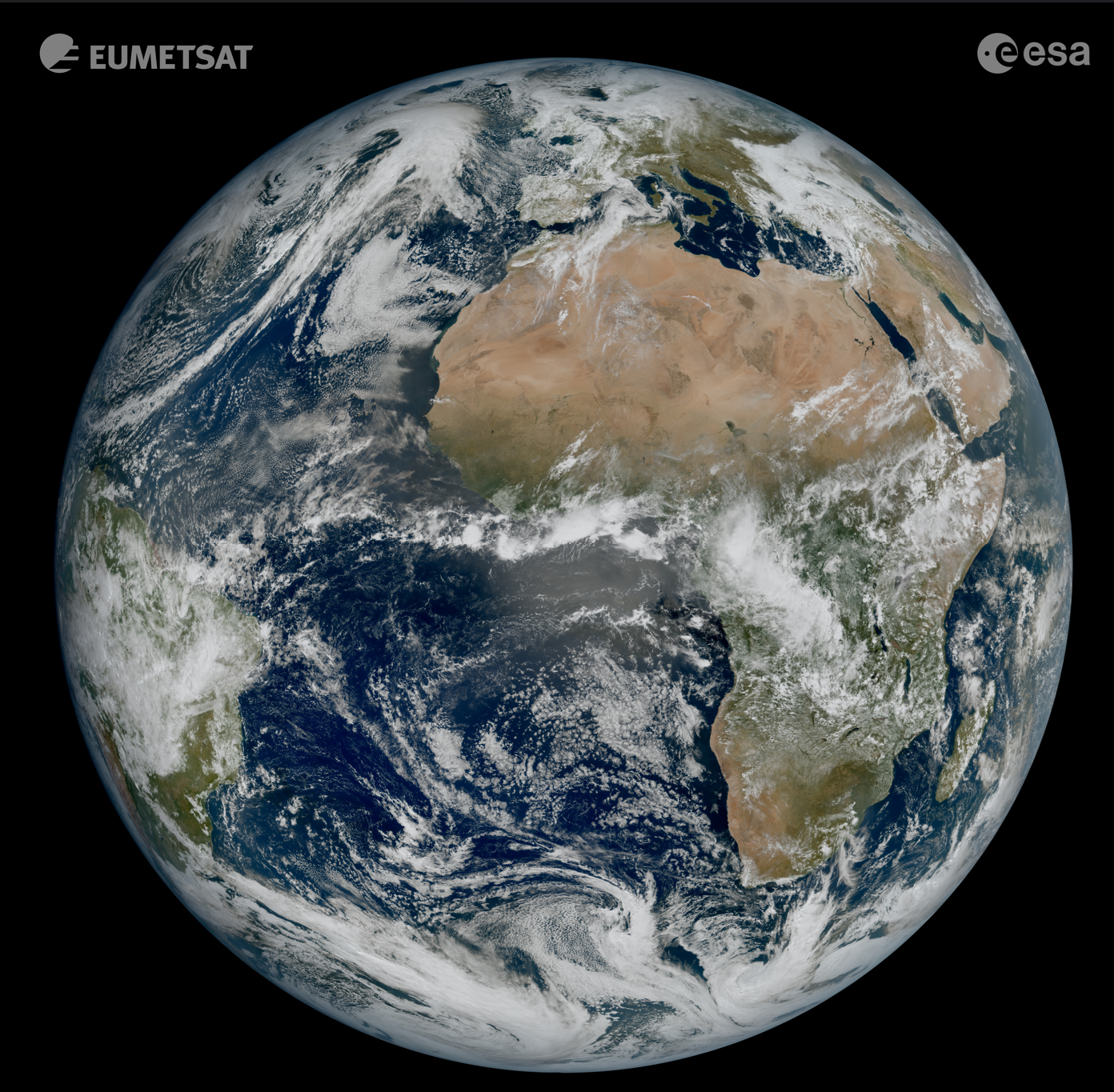Speaker
Description
The ablation of de-orbiting satellites and rocket motors in the middle atmosphere (30 - 100 km) injects Al vapour which immediately forms AlO and AlOH. Polymerization of these molecules most likely forms aluminium hydroxide (Al(OH)3) particles. This presentation will first describe a new ablation model of an Al alloy surface during atmospheric entry, which was tested against observations of the uncontrolled reentry of a Falcon 9 rocket in February, 2025. We will then predict the probable injection rate profiles of Al(OH)3 particles resulting from the ablation of satellites and rocket motors. Quantum chemistry (electronic structure theory) calculations will then be used to explore the probable heterogeneous chemistry of the chlorine reservoir species HCl and ClNO3 on the Al(OH)3 surface in the stratosphere, including the surface-catalyzed photodissociation of HCl. These results have been included in the Whole Atmosphere Community Climate Model (WACCM), coupled to the Community Aerosol and Radiation Model for Atmosphere (CARMA) sectional aerosol model. The model results will be described in a companion presentation.

